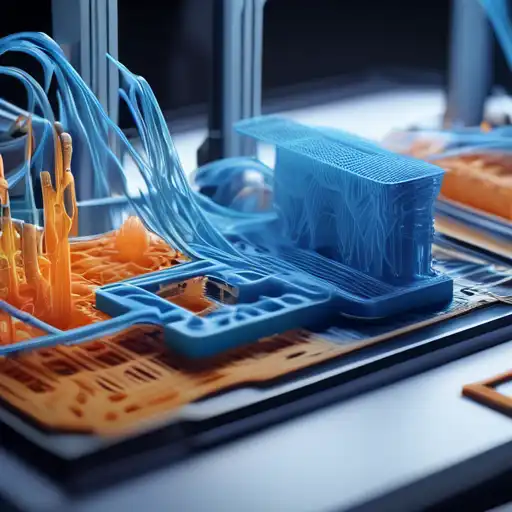Introduction to 3D Printing
3D printing, also known as additive manufacturing, is a process of creating three-dimensional objects from a digital file. This innovative technology builds objects layer by layer, offering unparalleled flexibility in design and production. From prototyping to full-scale manufacturing, 3D printing is revolutionizing industries worldwide.
How Does 3D Printing Work?
The process begins with a digital 3D model, which is sliced into thin layers by specialized software. The 3D printer then builds the object by depositing material layer by layer until the entire object is formed. Materials used can range from plastics and metals to ceramics and even biological materials, depending on the application.
The Benefits of 3D Printing
- Customization: 3D printing allows for high levels of customization without the need for expensive molds or tooling.
- Speed: Prototypes can be produced in hours, significantly reducing the time from design to production.
- Cost-Effectiveness: For small production runs, 3D printing can be more cost-effective than traditional manufacturing methods.
- Sustainability: Additive manufacturing produces less waste by using only the material needed to create the object.
Applications of 3D Printing
3D printing is being utilized across a wide range of industries, including healthcare, aerospace, automotive, and fashion. In healthcare, for example, 3D printing is used to create custom prosthetics and even organ replicas for surgical planning. The aerospace industry benefits from lightweight, complex components that reduce fuel consumption.
Challenges and Future Directions
Despite its many advantages, 3D printing faces challenges such as material limitations and the need for faster production speeds. However, ongoing research and development are paving the way for more advanced materials and printers, promising to expand the possibilities of 3D printing even further.
Conclusion
3D printing is not just a tool for creating objects; it's a transformative technology that is reshaping the future of manufacturing. By enabling customization, reducing waste, and speeding up production, 3D printing is indeed creating the future layer by layer. As the technology continues to evolve, its impact on industries and society as a whole will only grow.
For more insights into the latest in technology and innovation, explore our technology section.
